When Can You Shave Over A Tattoo? Essential Tips
Discover essential tips and tricks to safely shave over your new ink.
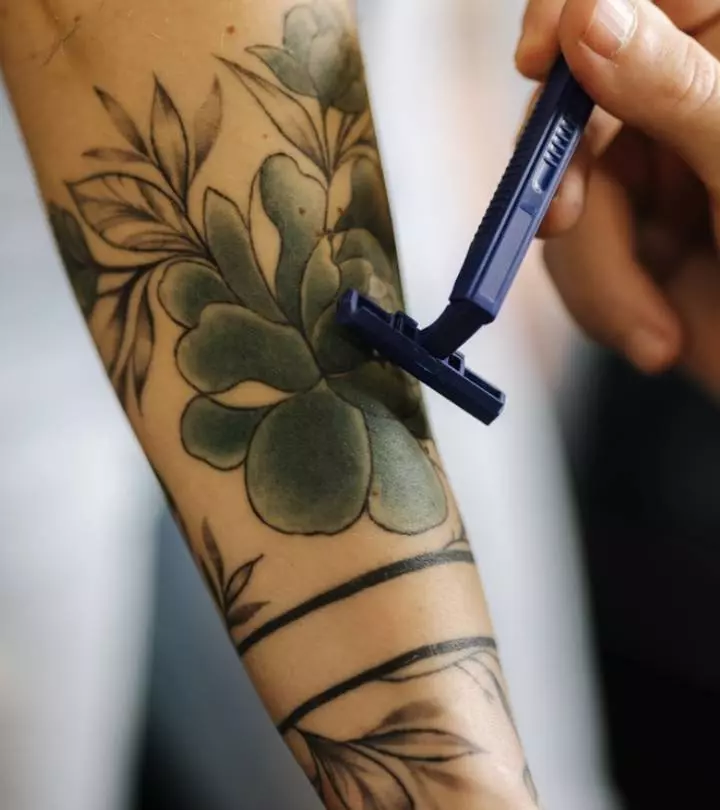
Image: Shutterstock
There is nothing more exciting than wanting to show off your fresh ink. However, the visible hair bursting through your tattoo can create the urge to shave over it immediately. But doing so can leave you with rashes, itchiness, and more. So, when can you shave over a tattoo? Remember, patience is key as shaving over a fresh tattoo can lead to scabbing, infection, or ingrown hair. However, if you are dying to flash that gorgeous tattoo design, just hold on for a while longer. In this article, we will learn about the benefits of shaving over a tattoo, should you shave before getting a tattoo, and how long you should wait before doing so. What are you waiting for? Scroll down to know more!
In This Article
Can You Shave Over A New Tattoo?

No, one should wait until the tattoo is completely healed before shaving over it. A tattoo goes through different healing stages that takes at least 4-6 weeks. Your tattoo will ooze plasma and feel warm and tender. Once this stage is complete, scabs will start forming and fall off before a new layer of skin forms. Shaving over that delicate and sensitive skin can disrupt healing and cause microscopic cracks, irritation, and even increase the risk of scarring. Since the tattoo is like an open wound, shaving over it can increase the likelihood of infection, affecting your tattoo’s healing process. You may even consult your tattoo artist for proper guidance about your healing stage and getting an opinion on when it is a good time to shave over the fresh tattoo.
Shaving over a new tattoo comes with its share of risks. So, when is it safe to shave over your ink? Find out in the next section.
Key Takeaways
- Shaving over a fully healed tattoo can improve the design’s visibility and appearance.
- Shaving before getting your new body art can make the tattooing process smoother and reduce the risk of infection and irritation.
- Avoid shaving over a fresh tattoo as it can lead to redness, infection, or scarring.
- If you are scared of cutting yourself before your appointment, your tattoo artist will disinfect the area and shave it properly before inking your design.
When Can You Shave Over A Tattoo?
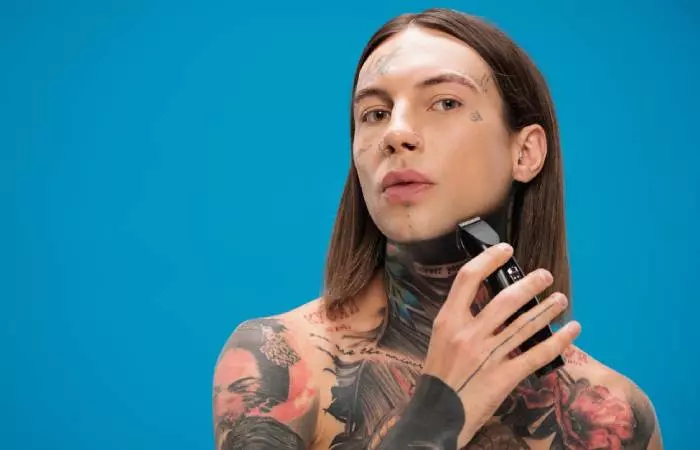
You can shave over a tattoo once your skin is fully healed and there are no visible scabs. It is most important to be patient as the tattoo healing process is slow. The upper skin surface might look healthy and healed, but the skin layers below might still be healing. Hence, give the ink time to settle and wait for at least 3 to 4 weeks to let the skin completely heal before resuming shaving. Most importantly, consult a tattoo artist or a healthcare professional for customized tattoo aftercare for your skin type. Shaving over a fully healed tattoo has its perks. Find out what they are in the next section.
Benefits Of Shaving Over A Tattoo
If done properly, shaving over a fully healed tattoo offers the following benefits:
- Shaving helps remove unwanted body hair that can enhance the tattoo’s visibility, ensuring the design looks more defined and clear.
- Regular shaving may prevent ingrown hair, which may lead to blisters over your tattooed skin.
- Shaving helps remove dead skin cells that can make the tattoo appear brighter, maintaining its vibrancy and overall appeal.
- Shaving clears the skin, allowing moisturizers and tattoo aftercare products to absorb more effectively.
 Quick Tip
Quick TipShaving over a tattoo can give it a smoother and brighter appearance. Learn how to do it safely in the section below.
How To Safely Shave With New Ink

Even after the tattoo is healed completely, one has to be very careful about how they shave over it. Using a dull razor or an old blade over your ink can increase the risk of small cuts or introduce bacteria into the healing skin. You can follow the steps mentioned below for a safe shaving experience:
1. Take A Shower
Go for a shower or soak yourself in lukewarm water. It will help remove the dirt, oil, and bacteria accumulated on your skin and create a clean canvas for shaving. It will also soften the hair that will create a comfortable shaving experience.
2. Exfoliate Properly
Use a gentle exfoliating scrub to buff off dead skin cells, smoothen the skin, and help you get a close shave easily.
3. Pick The Right Razor
Always use a brand-new razor with a moisturizing strip to reduce friction and smoothen the shaving process. Ensure the razor is clean and thoroughly disinfected before use to minimize the risk of bacterial infection.
 Pro Tip
Pro Tip4. Shave In The Hair Growth’s Direction
Shaving in the direction of the hair growth can help reduce friction and minimize the risk of ingrown hair.
5. Wash Your Skin With Cool Water
Once you finish shaving, rinse the area well with cool water. This will help to lower the redness and inflammation on the skin, if any. Follow up by applying a gentle moisturizer to keep the shaved area soft and hydrated.
6. Moisturize Your Tattoo Well
Use an unscented moisturizer as recommended by your tattoo artist after shaving to prevent dry skin and soothe the tattooed area.
Following the simple tips mentioned above can ensure your tattoo’s vibrancy and prevent any cuts. While shaving over a new tattoo is not recommended, can shaving before the session impact the tattooing process? Find out in the next section.
Should I Shave Before Getting A Tattoo?
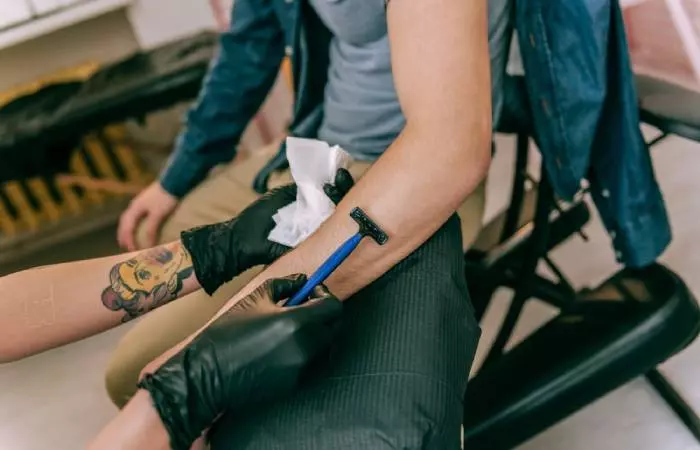
Shaving before a tattoo is essential as tiny, stray hairs can get in the way during the inking process. Moreover, hair harbors bacteria that can increase the risk of irritation before tattooing. Further, the tiny tattoo needles can catch the hair shaft or even pull it from the hair roots, leading to a lot of discomfort. Hence, shaving before a session can provide a clean canvas for your tattoo artist, making it a smooth and safe experience for you.
Shaving before getting a tattoo can lead to a cleaner and brighter finish. But if you are worried about nicking yourself before your appointment, can your tattoo artist help you out with it? Find out more in the section below.
Do Tattoo Artists Shave The Area Before Tattooing?
If you are worried about getting an accidental razor wound before the session, leave it to the experts. Tattoo artists commonly shave the area before working on a tattoo for a smoother tattooing process. They clean the area with an antiseptic to reduce the chance of infection. Then, they use a disposable razor to shave the area in sections and in the direction of hair growth to prevent aggravating the skin.
Remember that tattoo artists are trained to follow safety practices to maintain a positive, hygienic, and safe environment before and after the tattooing process.
Lisa, a blogger shared her experience of getting a tattoo in her blog. She wrote about the careful pre-tattooing process her tattoo artist followed before the session. She noted, “He cleaned my wrist with disinfectant and shaved around where the tattoo would be placed. I didn’t even think about this but it makes sense because hair can’t get in the way (i).”
Shaving over freshly inked skin can ruin the tattoo’s design, irritate and damage the skin, and increase the risk of infection. Hence, wait 2 to 6 weeks before shaving your new tattoo. Doing so can give your tattoo a brighter and visible appearance. While once must wait before shaving a new tattoo, you can do it a few days before your session for a smooth and safe tattooing experience. However, if you are scared of cutting yourself before the session, do not worry. Your tattoo artist will disinfect the area and shave it properly and safely to ensure it is ready for the process.
Frequently Asked Questions
Can you wax after a tattoo?
You can wax after getting a tattoo. However, waxing is considered more traumatic than shaving as it involves pulling the hair from the roots. This can damage the tattoo and further irritate the skin. Hence, wait for at least 4 to 6 weeks before waxing over the tattooed area.
Can I shave over my tattoo after a month?
Yes, you may shave over your tattoo after a month if there is no scabbing and visible damage. However, consult your tattoo artist or a healthcare professional before going for it.
Illustration: When Can You Shave Over A Tattoo? Essential Tips
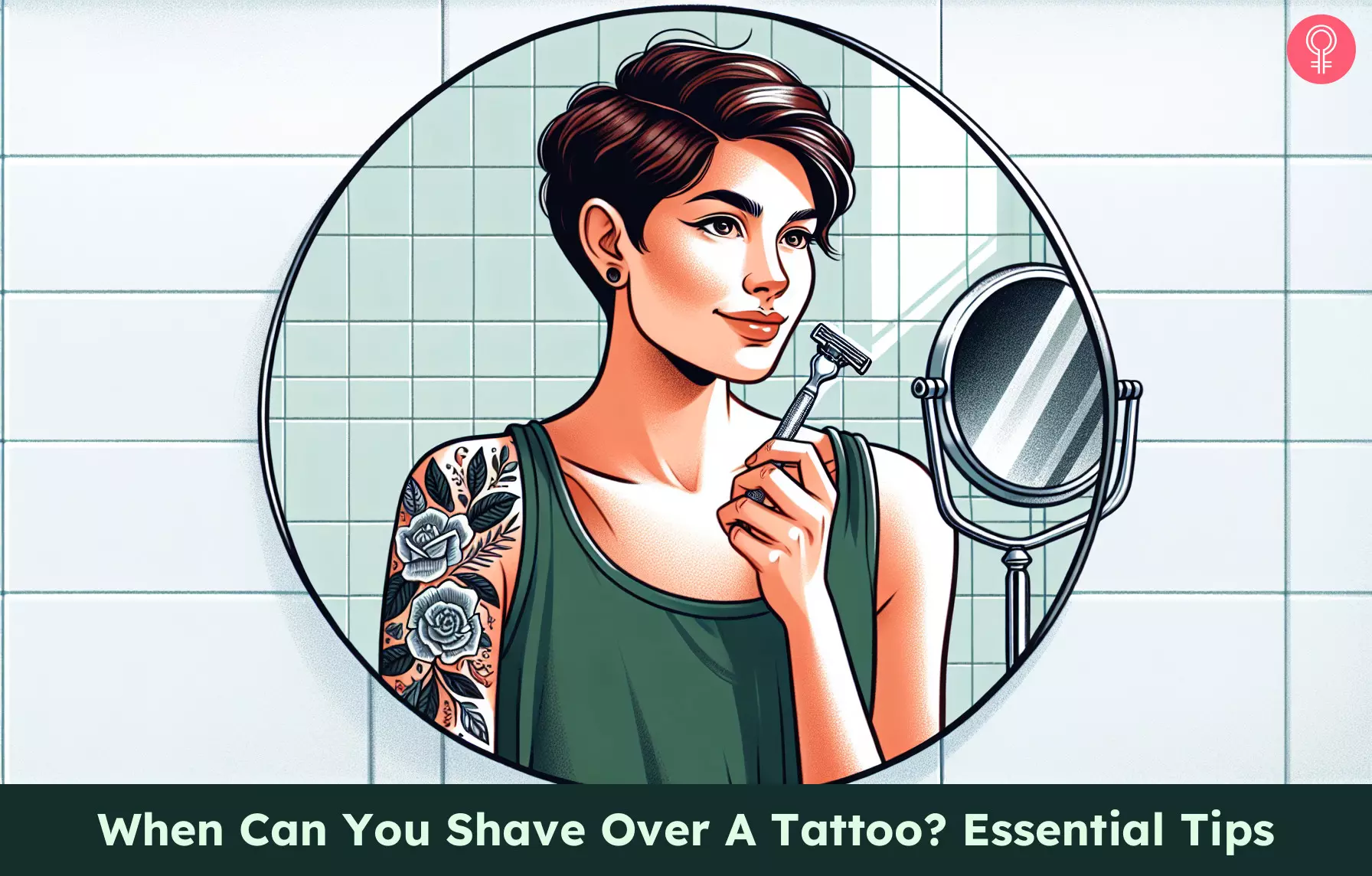
Image: Dall·E/StyleCraze Design Team
Shaving over a fresh tattoo can cause redness and infection. To avoid that, let it completely heal before doing so. Once your tattoo is completely healed, check out this video for simple tips on how to shave over it safely and properly.
Personal Experience: Source
StyleCraze's articles are interwoven with authentic personal narratives that provide depth and resonance to our content. Below are the sources of the personal accounts referenced in this article.
(i). My Tattoo Experiencehttps://journeythroughlife15.wordpress.com/2015/11/09/my-tattoo-experience/
Read full bio of Mengni Yang
Read full bio of Joyce Joyson
Read full bio of Eshna Das
Read full bio of Aparna Harry






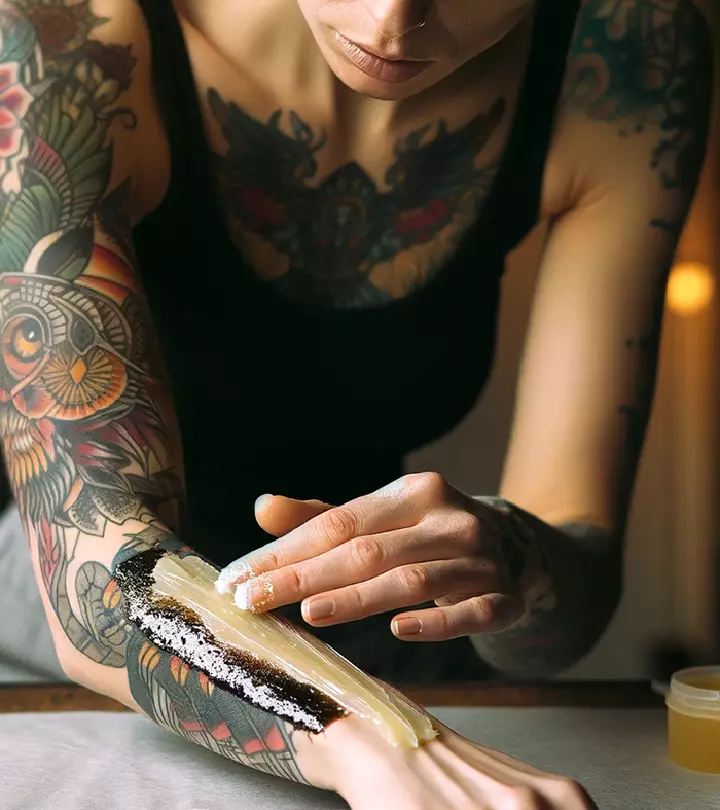

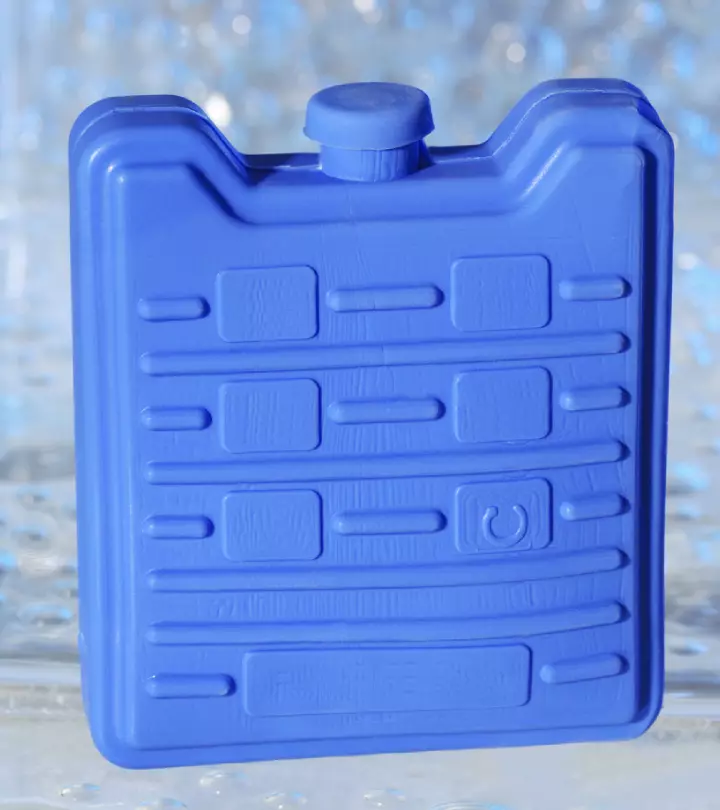


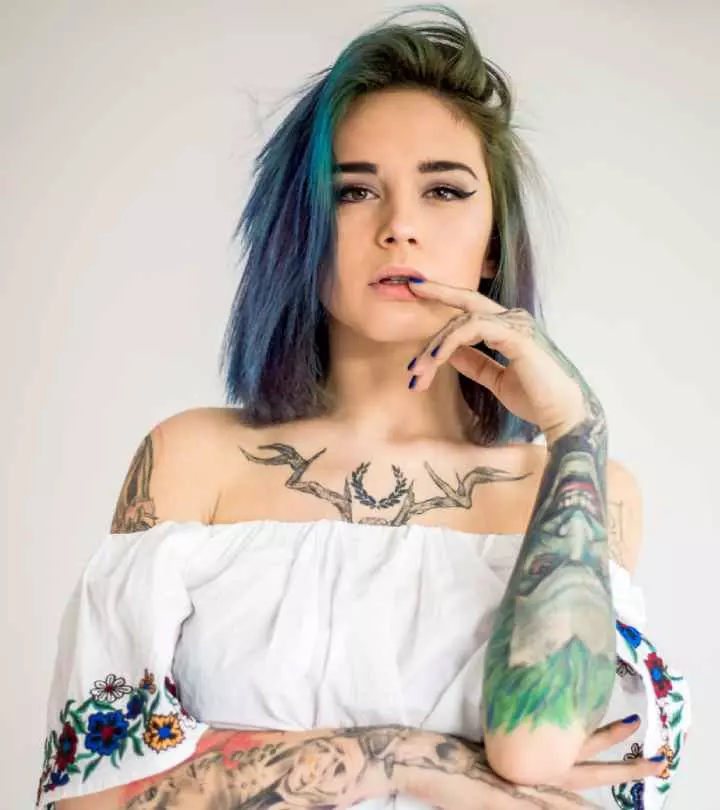
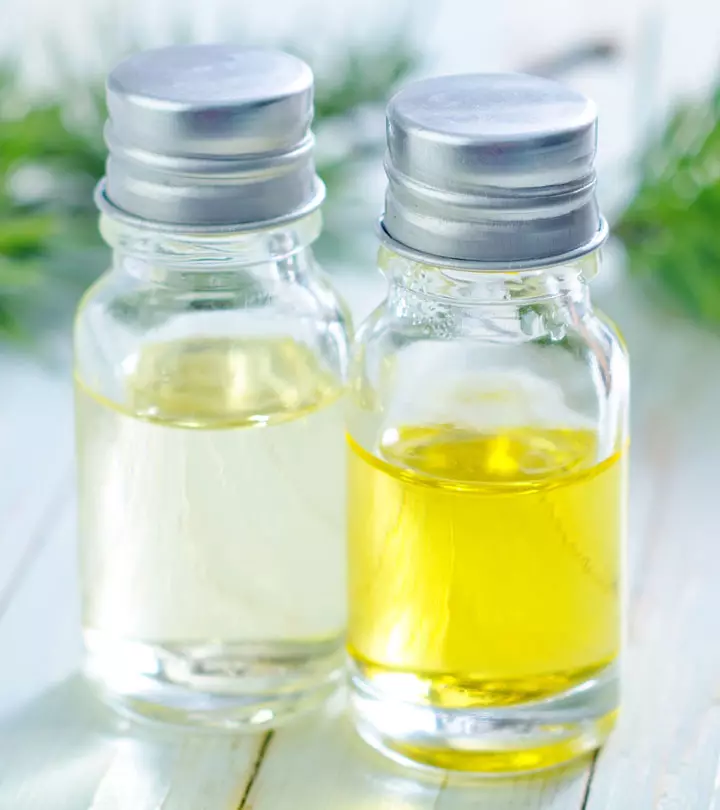
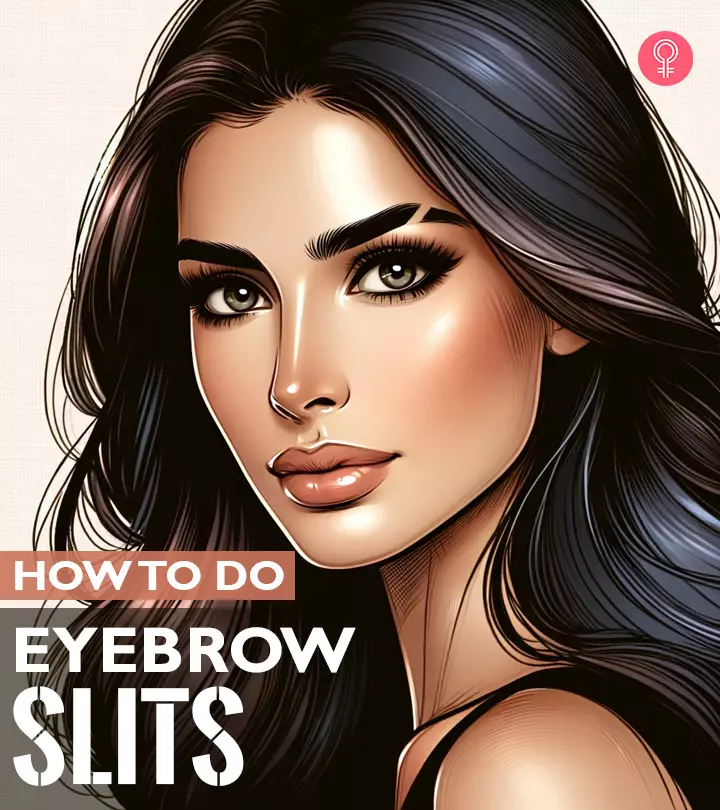
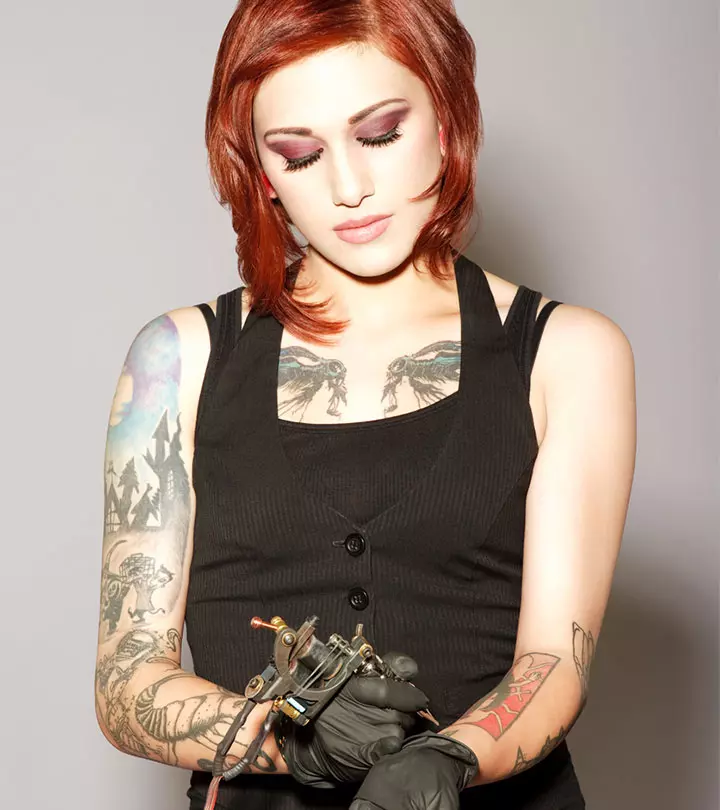

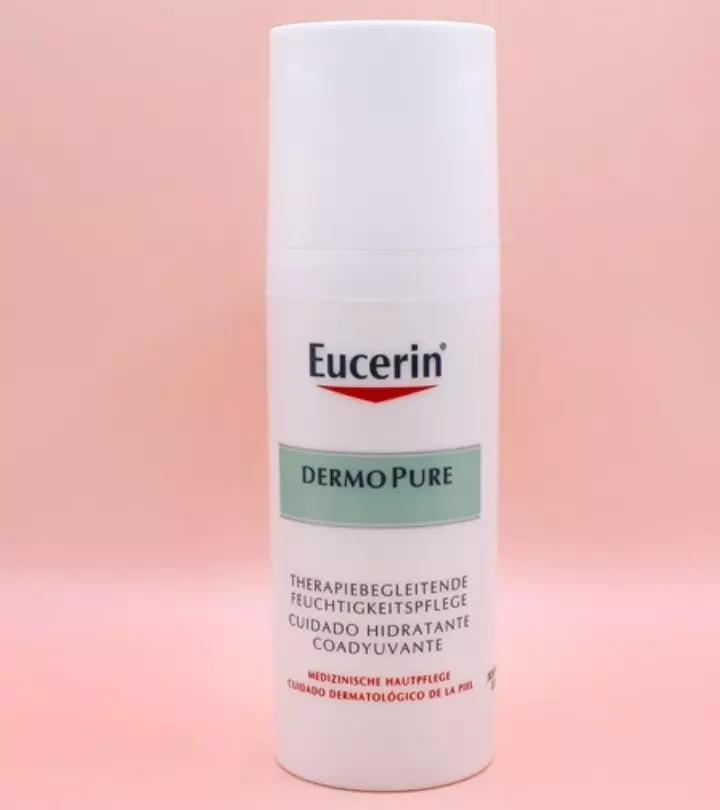
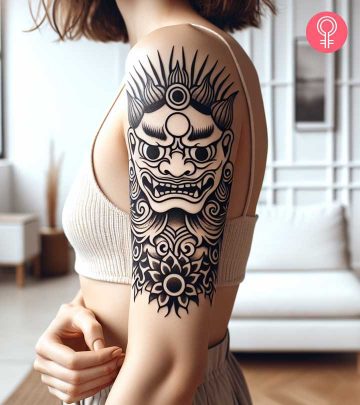
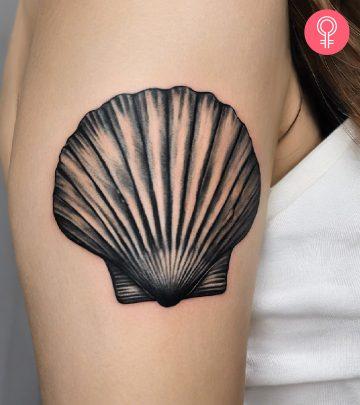
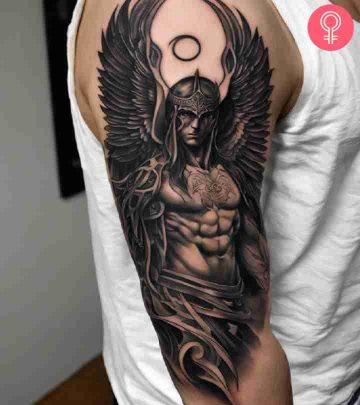
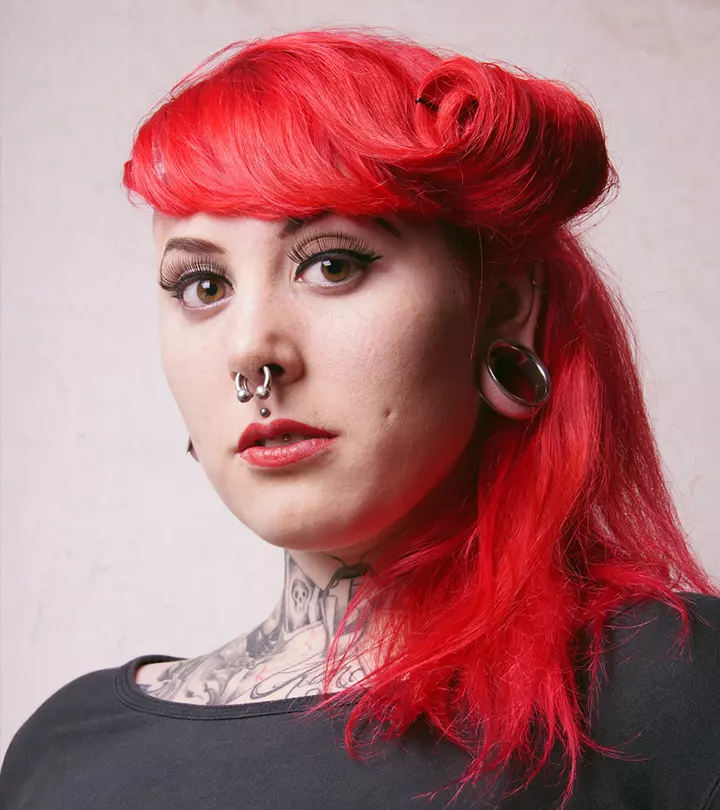

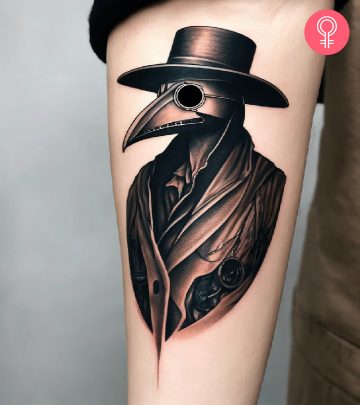



Community Experiences
Join the conversation and become a part of our empowering community! Share your stories, experiences, and insights to connect with other beauty, lifestyle, and health enthusiasts.